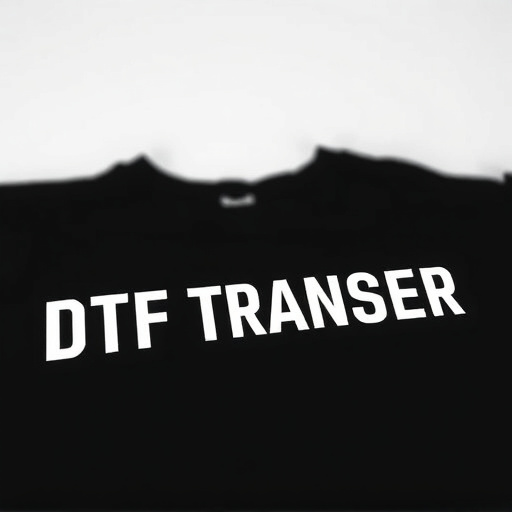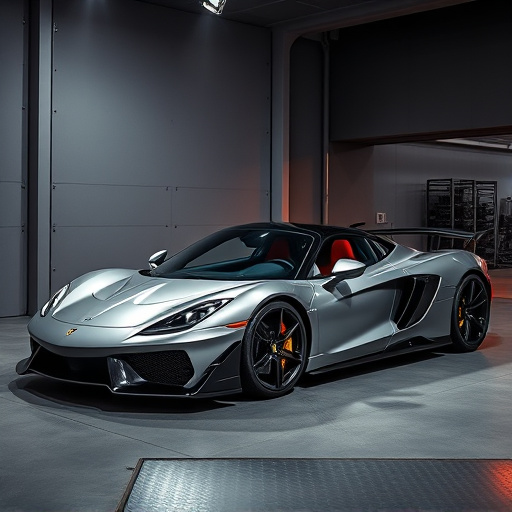Street performances enrich urban culture but must comply with regulations for public safety and environmental considerations, including noise, fire, and emissions control. Legal cold air intake (CAI) systems are key to achieving these standards by minimizing pollution through efficient engine performance and cleaner exhaust. Adopting CAI technology helps street performers maintain compliance, enhance their performances, and contribute to cleaner urban air quality while ensuring the sustainability of their careers.
In many cities, street performances bring vibrancy to urban spaces. However, ensuring these activities meet environmental standards is essential. This article explores how legal cold air intake (CAI) systems play a pivotal role in controlling emissions from performance vehicles, fostering compliance and efficiency. By understanding the legal framework and the latest technological advancements in CAI systems, performers can enhance their practices while contributing to cleaner, more sustainable urban environments.
- Understanding Legal Street Performance Standards
- The Role of Cold Air Intake Systems in Emission Control
- Upgrading for Environmental Compliance and Efficiency
Understanding Legal Street Performance Standards

Street performances, often a vibrant part of urban culture, are subject to regulations to ensure public safety and environmental considerations. Understanding legal street performance standards is crucial for performers and organizers alike. These standards encompass various aspects, including noise control, fire safety, and emissions management. In terms of emissions, especially with the presence of legal cold air intake systems, performers must adhere to strict guidelines to minimize pollution. This involves using environmentally friendly equipment and practices to prevent harmful exhaust from affecting nearby residents and the overall air quality.
Performers are encouraged to stay informed about local regulations and invest in technology that meets these standards. For instance, modifying vehicles with legal cold air intake systems can significantly reduce emissions, ensuring compliance while also providing better performance. By understanding and meeting these legal requirements, street performers can continue to entertain audiences without impacting the environment, fostering a harmonious relationship between art and sustainability.
The Role of Cold Air Intake Systems in Emission Control

Legal cold air intake (CAI) systems play a crucial role in emission control for vehicles, especially those used for street performances. These systems are designed to optimize engine performance while minimizing harmful emissions. By allowing cold, clean air to enter the engine directly from outside the vehicle, rather than being drawn in through the cab or warm intake manifold, CAIs can significantly improve fuel efficiency and reduce pollutant levels.
This is particularly important for street performances where engines are pushed to their limits. Legal CAI systems help maintain optimal combustion, ensuring that the engine runs smoothly and efficiently without producing excessive pollutants. By adhering to legal emission standards while enhancing performance, these systems offer a practical solution for enthusiasts who want to enjoy their vehicles without compromising environmental regulations.
Upgrading for Environmental Compliance and Efficiency

Many street performers, while passionate about their craft, may not always prioritize environmental compliance and efficiency in their operations. However, with growing awareness and stricter regulations, it’s crucial for them to upgrade their equipment to meet environmental standards. One key area of focus is the adoption of legal cold air intake systems, which can significantly reduce emissions and enhance overall performance. These systems ensure that street performers operate with minimal ecological impact while also improving engine efficiency.
By transitioning to legal cold air intake systems, performers can contribute to cleaner air quality in urban settings, a pressing issue due to heavy traffic and bustling streets. This upgrade is not just an environmental responsibility but also a step towards sustaining the performer’s career in the long term. With lower emissions, these systems promote a healthier work environment, reducing the risk of respiratory issues for street performers amidst the hustle and bustle of city life.
Legal street performance upgrades, particularly the integration of cold air intake (CAI) systems, play a pivotal role in balancing environmental compliance and engine efficiency. By adhering to emission control standards, these upgrades ensure that vehicles, especially those used for performance purposes, operate within legal limits while enhancing overall vehicle strength. Cold air intake systems, specifically designed to draw in cooler, denser air, contribute to better combustion, resulting in reduced emissions and improved power output. This harmonious blend of environmental stewardship and enhanced street performance underscores the importance of staying informed about and adhering to legal standards in the automotive industry.














